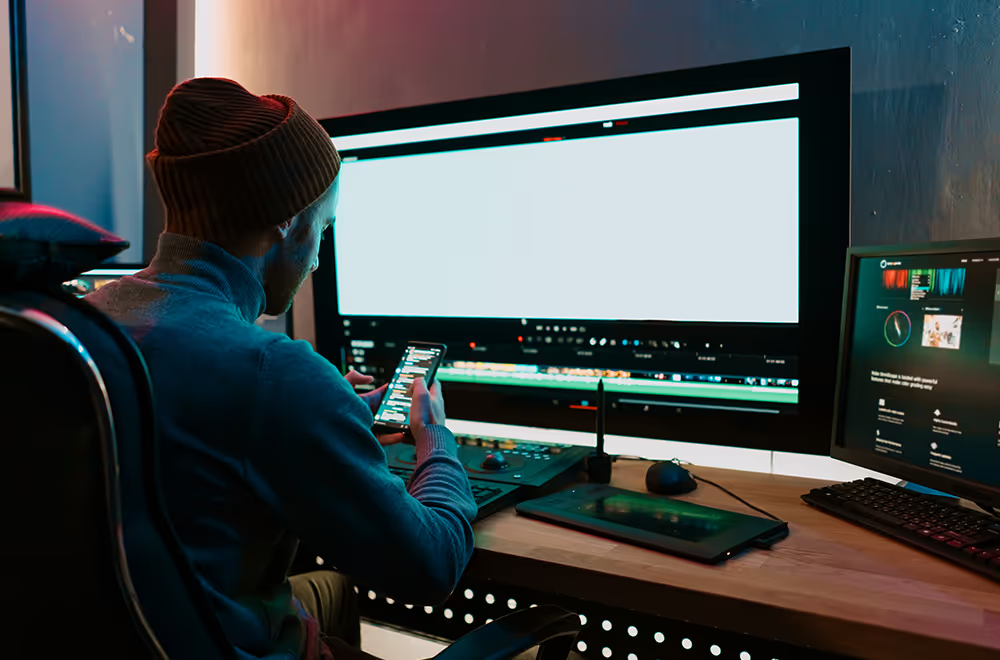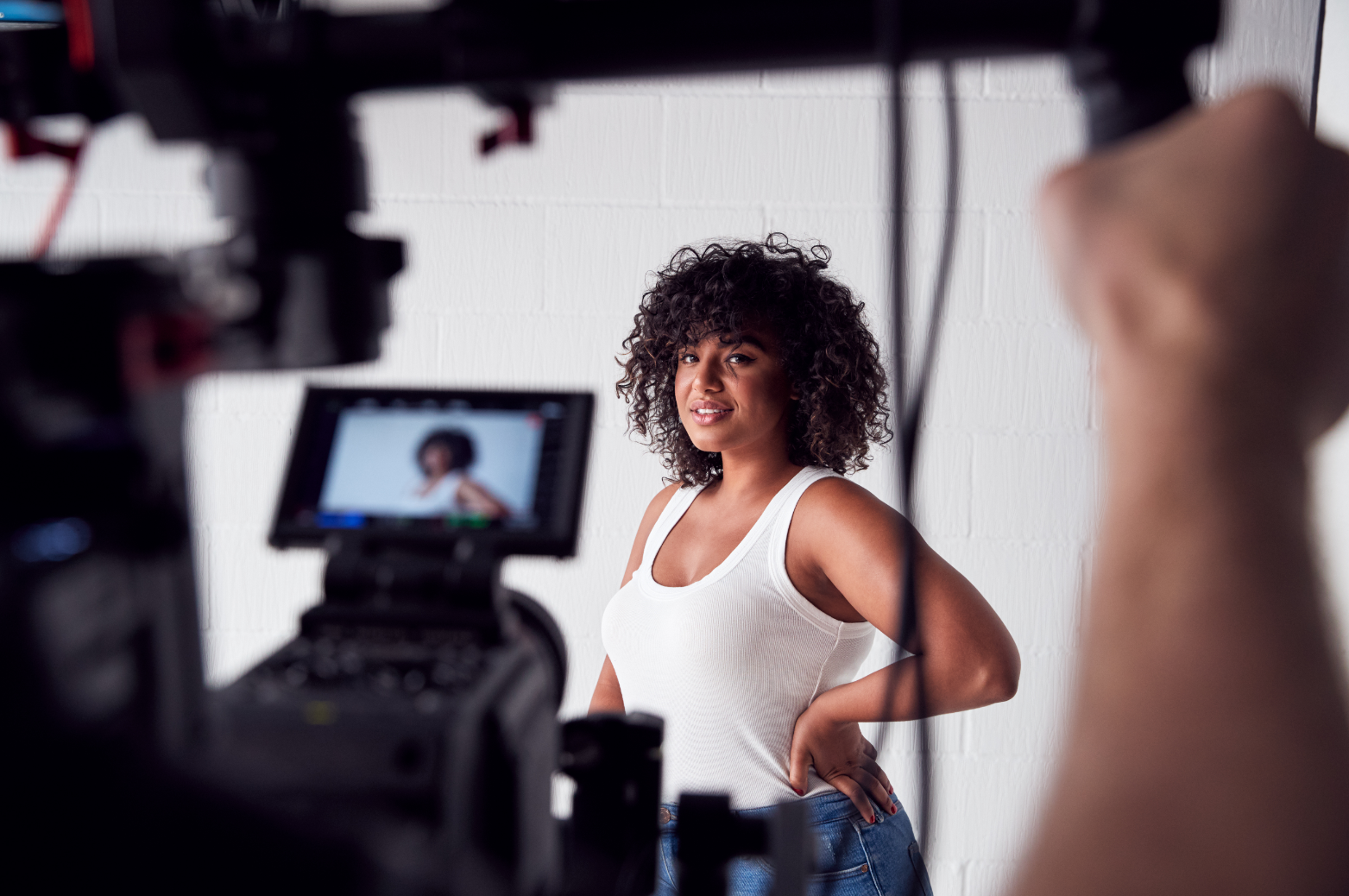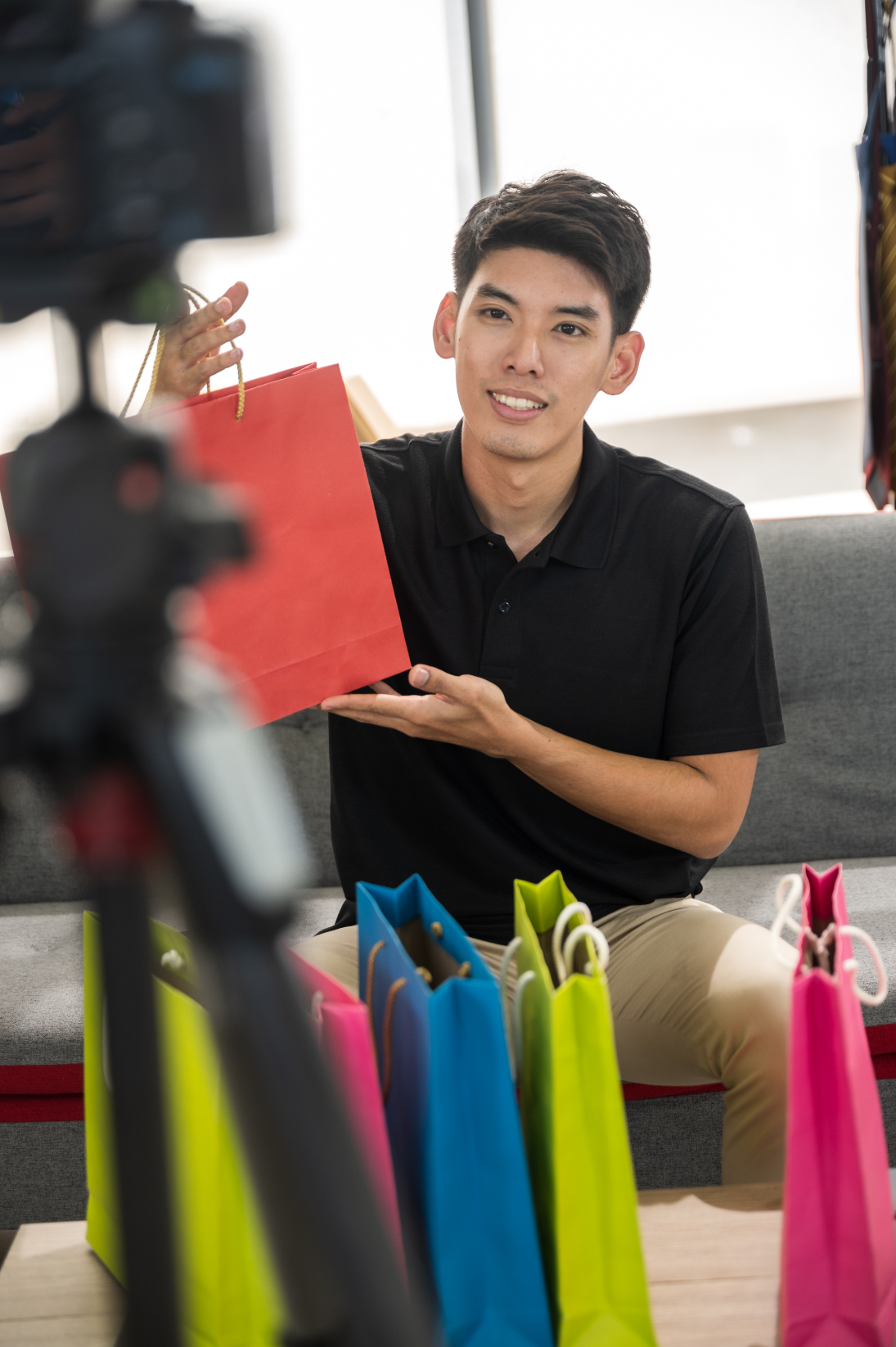Film Lighting: Avoid These 5 Common Mistakes
So, you've got your camera, your actors are ready, and your story is burning to be told. Fantastic! But before you hit record, let's talk about something absolutely crucial: lighting. Lighting isn't just about making sure your audience can see what's happening; it's about setting the mood, guiding the viewer's eye, and adding depth and drama to your film. Unfortunately, many filmmakers, especially those starting out, fall into common lighting traps. That's why we're here to help you dodge those pitfalls and elevate your visual storytelling.
Whether you're shooting a high-budget production or a short film in your backyard, understanding the fundamentals of lighting is essential. By avoiding these common mistakes, you'll not only improve the overall quality of your films but also learn to use light as a powerful tool to enhance your narrative.
1. Ignoring Natural Light Opportunities
One of the biggest missed opportunities in filmmaking is failing to leverage the power of natural light. We often think of artificial lights as the "real" solution, but the sun (or even overcast skies) can be your best friend, and it's free! Before setting up your expensive lighting rigs, take the time to observe the natural light available at your location. How is the light hitting your subject? What kind of mood does it create? Can you use reflectors or diffusers to shape it to your advantage?
For instance, filming during the "golden hour" (the hour after sunrise and the hour before sunset) can bathe your scene in warm, soft light, creating a romantic or nostalgic atmosphere. Conversely, shooting under direct midday sun can result in harsh shadows and unflattering highlights. Understanding these nuances allows you to plan your shooting schedule to take advantage of the best natural light conditions. If you're shooting indoors, consider positioning your subjects near windows and using curtains or diffusion gels to soften the light. Experiment! You might be surprised at how much you can achieve with just a little observation and planning.
2. Not Controlling Spill
Spill light is unwanted light that falls where it shouldn't. It can muddy your shadows, flatten your image, and generally make your lighting look sloppy. A common example is light bouncing off a wall and illuminating the background when you only want the foreground lit. Controlling spill is essential for creating a polished and professional look.
Fortunately, there are several ways to combat spill. The most common is using flags (black fabrics on stands) to block the light. You can also use barn doors on your lights to direct the beam more precisely. Another technique is to strategically position your lights to minimize bounce. For example, if you're lighting a subject against a white wall, move them further away or angle the light to prevent it from hitting the wall directly. Even simple techniques like using duvetyne (a light-absorbing fabric) on reflective surfaces can make a huge difference.
3. Over-Reliance on Three-Point Lighting (Without Understanding Why)
Three-point lighting (key light, fill light, and backlight) is a foundational technique, but it's often misused. Many beginners blindly apply this setup without understanding its purpose or tailoring it to the specific scene. Three-point lighting is great for achieving a balanced and well-lit image, but it's not always the best choice for every situation.
The key is to understand the why behind each light. The key light provides the main illumination, the fill light softens shadows, and the backlight separates the subject from the background. Once you understand these roles, you can start experimenting. Maybe you only need a key light and a reflector for a natural look. Perhaps you want a more dramatic and moody feel, so you forgo the fill light altogether. Don't be afraid to break the "rules" once you understand them. Focus on creating the right mood and look for your story, rather than simply adhering to a formula.
4. Forgetting About Color Temperature
Color temperature is measured in Kelvin (K) and refers to the color of light. Daylight is typically around 5600K (blueish), while tungsten lights are around 3200K (orangeish). Mixing different color temperatures without proper correction can create an unnatural and visually jarring look.
The easiest way to avoid color temperature issues is to use lights with the same color temperature rating. If you need to mix different light sources, use color correction gels (CTO for converting daylight to tungsten, CTB for converting tungsten to daylight) to match them. Your camera's white balance setting also plays a crucial role. Make sure to set it correctly for the lighting conditions or shoot in RAW format to have more flexibility in post-production. Incorrect white balance can result in colors appearing washed out or overly saturated, so pay close attention to it!
5. Not Planning Your Lighting Scheme
Jumping into a scene and haphazardly throwing lights around is a recipe for disaster. A well-thought-out lighting scheme is crucial for creating a cohesive and visually appealing film. Before you even touch a light, take the time to plan your approach.
Consider the mood you want to create, the time of day in the scene, and the overall aesthetic of your film. Create a shot list with lighting notes for each scene. Draw simple diagrams of your lighting setups. Think about the direction, intensity, and color temperature of your lights. This planning phase will save you time and frustration on set and ensure that your lighting contributes to the overall storytelling. Even simple storyboards can help visualize how light and shadow will play within each shot. Remember: pre-production is key!
Conclusion
Mastering film lighting takes time and practice, but by avoiding these common mistakes, you'll be well on your way to creating visually stunning and impactful films. Remember to observe the natural light, control spill, understand the purpose of different lighting techniques, pay attention to color temperature, and most importantly, plan your lighting scheme in advance. And for all your grip and lighting needs, be sure to check out FilmBaker! We've got everything you need to bring your vision to life. Get in touch with us today!



